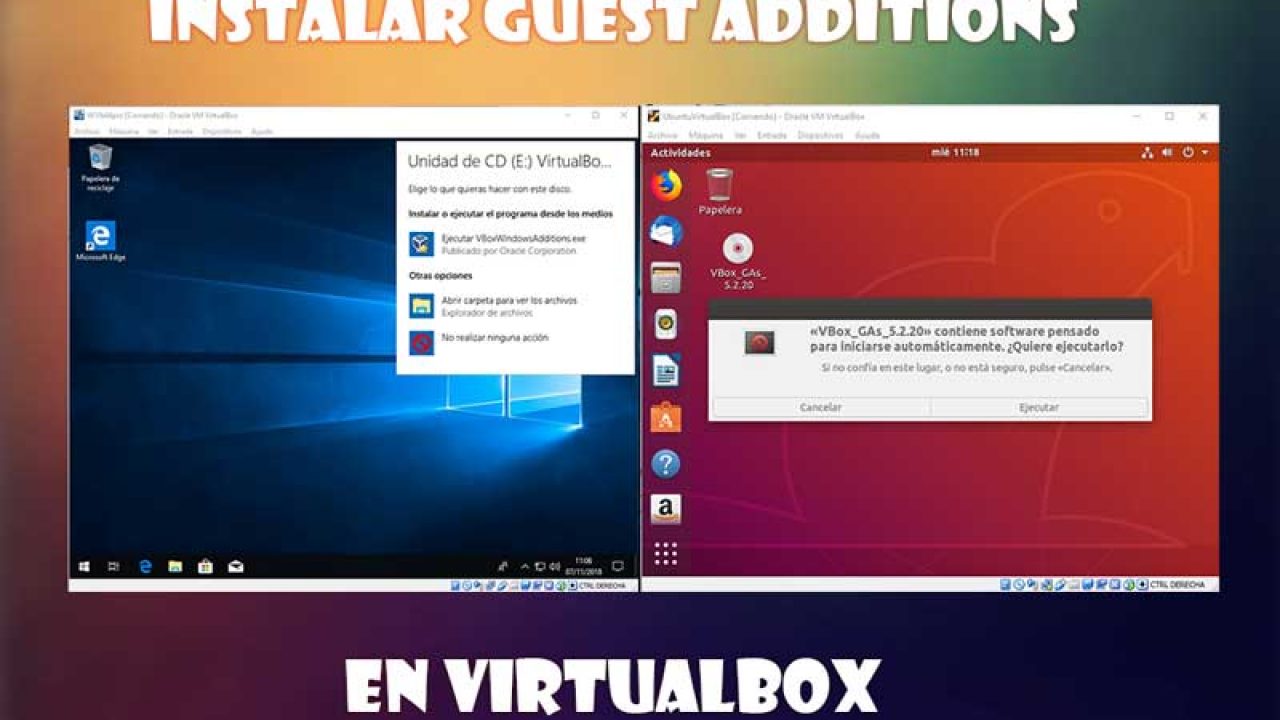- Virtualbox Guest Additions Os X
- Virtualbox Macos Catalina Guest Additions
- Virtualbox Mac Os Guest
- Mac Os Guest Additions Virtualbox
Presently, VirtualBox runs on Windows, Linux and Mac hosts and supports a large number of guest operating systems including but not limited to Windows (NT 4.0, 2000, XP, Server 2003, Vista, Windows 7, Windows 8, Windows 10), DOS/Windows 3.x, Linux (2.4, 2.6. Im running virtual box 4.3 on ubuntu 13.10, everything goes fine with windows guests but for Mac osx (Mountain Lyon) I just cant find how to install Guest additions. Seems like there's no osx insta.
In order to access certain aspects of a virtual machine in VirtualBox, you will need to install Guest Additions (similar to VMWare Tools I guess)
There is a manual page for installing Guest Additions but not all of it is self-explanatory…
First you need to log into your Linux virtual machine (VM) and install/configure x, y and z.
Install DKMS
This part is relatively straightforward, just install using whatever package manager your Linux distribution has. The below example uses APT that comes with Debian-based distros:
Where to find VBoxGuestAdditions.iso
Usefully Oracle don’t tell you in their guide, but it is available with the rest of the downloads at http://download.virtualbox.org/virtualbox/
So for example for version 4.1.6 the VBoxGuestAdditions_4.1.6.iso is located at http://download.virtualbox.org/virtualbox/4.1.6/VBoxGuestAdditions_4.1.6.iso

You need this image to install the VirtualBox Guest Additions themselves onto your VM, so you can either download it to your Linux VM and mount it there, or (which is what I did) download it to your Mac OS X host and mount it in the DVD drive using the VirtualBox Manager.
How to mount the image
You need to mount the image on the Linux VM, so that you can install VirtualBox Guest Additions from it. If you have mounted it in the VirtualBox Manager in the DVD drive then you will still need to mount it in the Linux VM; Since I can’t remember the last time I had to mount something in *nix from the command-line, here’s a quick way.
Then you should see VBoxLinuxAdditions in that directory, which you need to run as per the manual. If the above doesn’t work it might be because your DVD drive in VirtualBox is called something else, like dvd (instead of dvd1) which probably differs depending on which distro you’re using.
Then you need to run the installer.
Virtualbox Guest Additions Os X
Once that’s done you can restart.
Everything should be finished now installation/configuration-wise, but you might encounter some problems… (otherwise skip to Mount the host folder)
Kernel header problems
I got some missing kernel header problems when trying to install Guest Additions, which if building the main Guest Additions module fails will be logged.
If you see something like this…
Virtualbox Macos Catalina Guest Additions
So you can do just that!
Virtualbox Mac Os Guest
Hopefully this should install now (although the XFree86 bit will fail, assuming you’re using the command-line) and you may need to restart the VM, although I’m not sure.
Mac Os Guest Additions Virtualbox
Mount the host folder
You can create the host folder in the VirtualBox Manager in the Shared Folders tab on the Settings for that VM. If you add it on the command-line it’ll appear under the machine folders anyways. If you want to type it though, here’s what you’d type into the Mac OS X terminal (note this is the only thing that you’d type into the host itself)
To mount the Shared Folder from within the guest, the instructions from Ubuntu (as my guest is Ubuntu, although I think this is a better way to mount it anyways) were very useful.
Just change the target to be wherever you want the Shared Folder to be mounted in the guest. Now in theory if you go to that path in the guest, it should be the same as the directory you shared from the host!


Comments are closed.